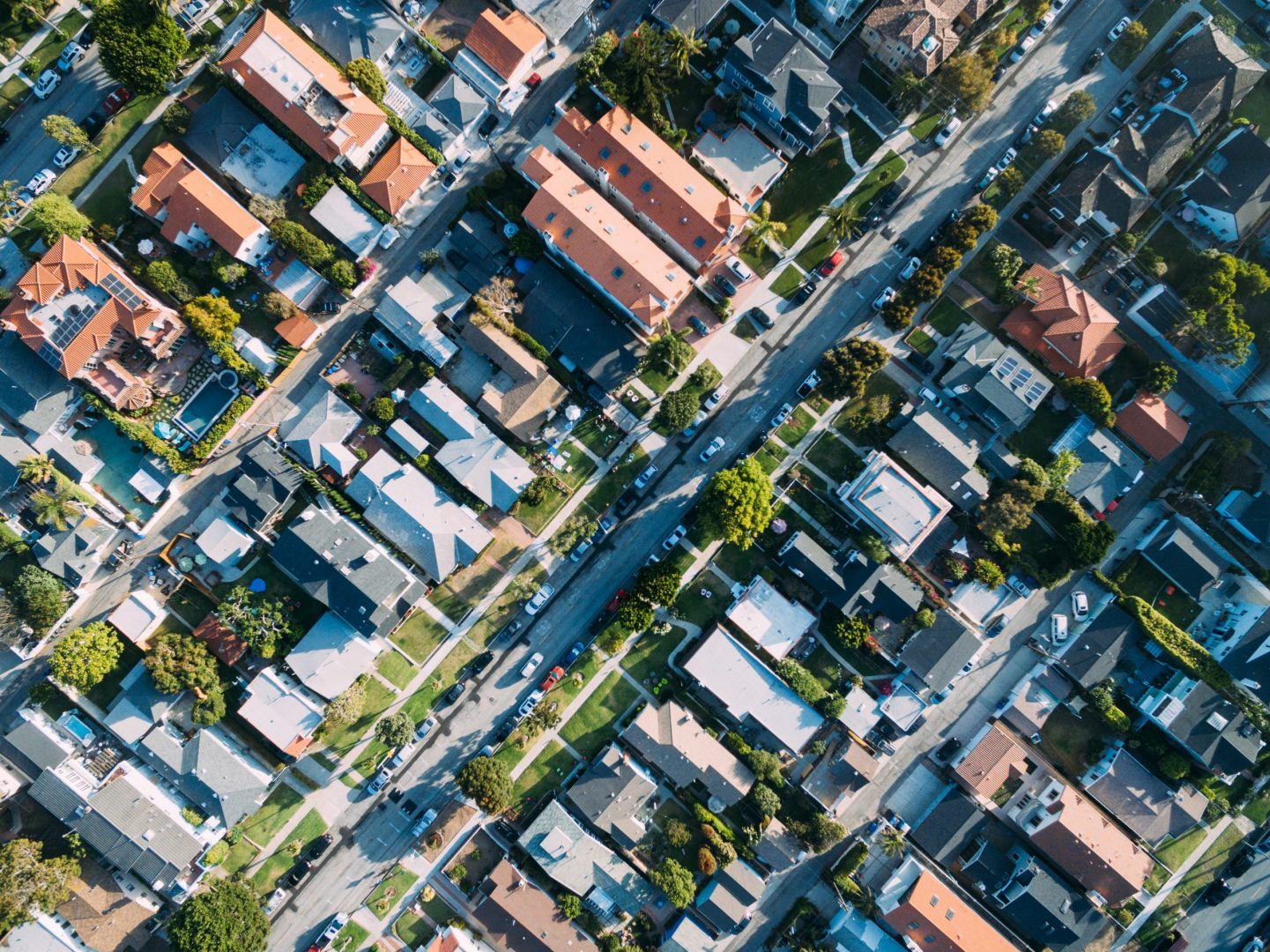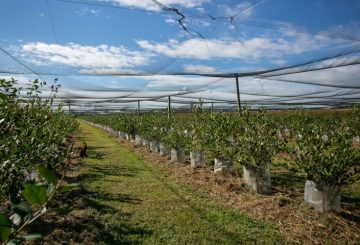Hamilton City Council has signalled its visionary project, “Victoria on the River” to be an anchor development for the city’s future.
The Council is seeking formal expressions of interest from developers who would work in partnership to transform the 2017 square metre site at 242-266 Victoria Street.
Currently there are two existing buildings which are heritage listed, however only the facades need to be retained, allowing modern buildings to be built behind them.
Paula Southgate, Hamilton City’s mayor considers the proposed development to add to the renaissance of the central business district.
“We inherited some pretty old buildings that were not in great shape, and it doesn’t make sense, in the current climate of renewal of the CBD, to leave them in poor shape,” Southgate said. “It makes sense to jump on the enthusiasm that everybody has for the CBD and get crackin’.”
Southgate believes that with the current work already underway, including the Waikato Regional Theatre, the new development will complement the others.
“Just imagine that whole strip, full of quality restaurants, commercial activity, high-quality apartments on top. It will be like the coming of age of our CBD.”
As councils funds are being invested, the Mayor said it is essential that the process is transparent and can withstand robust scrutiny. She has made it very clear to council’s staff that the development is being done on public property with public funds.
“It’s got to be done with full transparency and that’s been my message to council staff,” she said. “This is a public property we’re developing on ratepayers’ behalf, so they must be kept informed.”
Edwards White Architects have produce impressions and concept drawings of how the future development might look, however Southgate is open to seeing other ideas being considered.
“The final detailed design may look a little different to those drawings. The exciting part of having an open process is you don’t know what great ideas will walk through the door and inspire people,” said Southgate.
The idea for the proposed multi-storey development started during the last term of Council when the property was purchased for $6.49 million in August 2018.
The Council’s CBD and River Plan Advisory Group, chaired by deputy mayor, Geoff Taylor said that the development had already received interest from several developers.
Taylor acknowledged that the purchase was controversial at the time and those involved were not popular, but the Council had a vision of what is possible for the properties.
“The future of Hamilton’s central city rests on that area and how we open it up to the river.” enthused Taylor. “To me, it’s an extension of VOTR [Victoria on the River] which has opened up our eyes to the amazing opportunities in terms of view shafts from our central city.”
“And it’s all about the awesome flow in the river precinct we are trying to create from VOTR south to the [Waikato Regional] theatre, jetty, reshaped museum front, pedestrian bridge and Aranui sports hub.”




























































